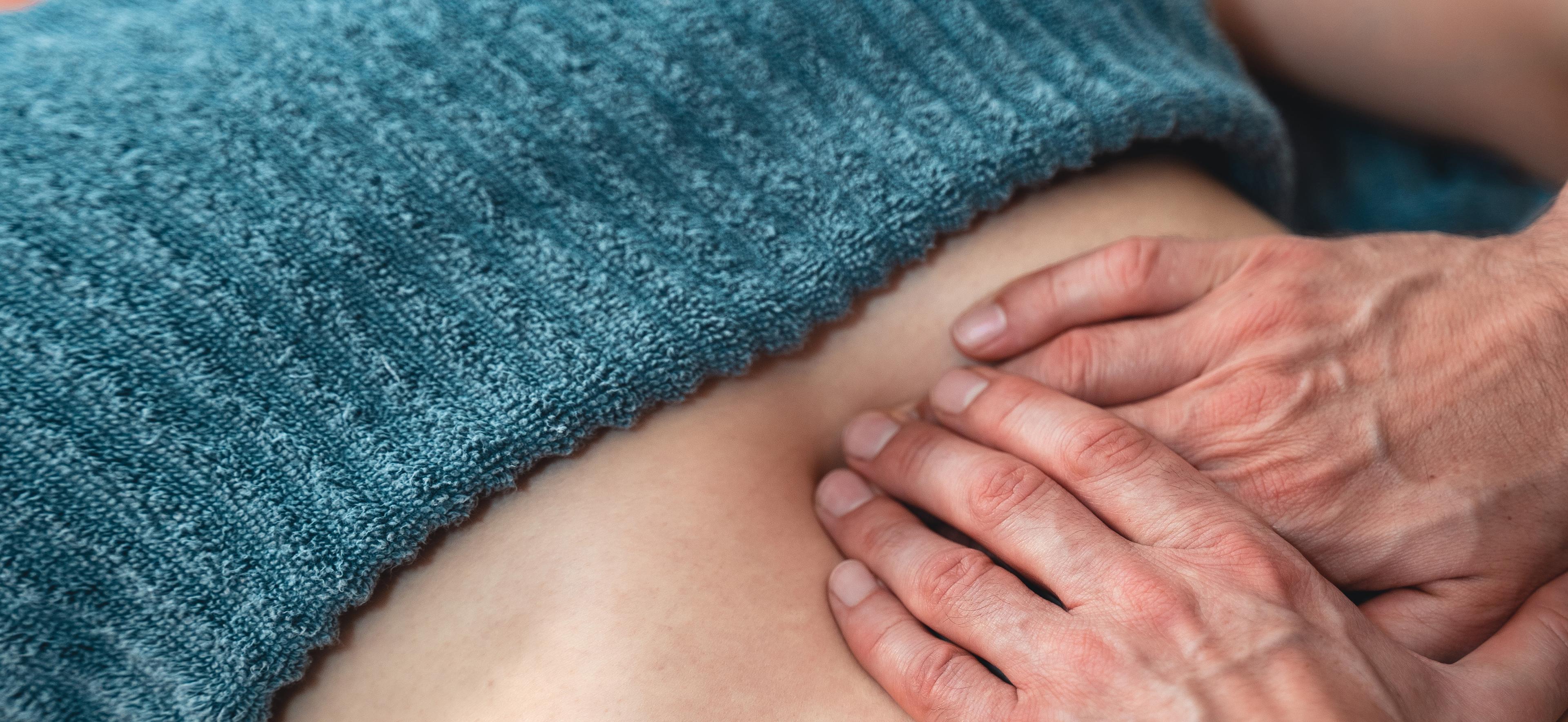THINGS TO KNOW ABOUT LYMPHATIC DRAINAGE AFTER SURGICAL INTERVENTION
Lymphatic drainage is also very popular among professional athletes. Especially after an injury, the application is very advisable, as it greatly shortens the regeneration phase and the professional athlete is quickly fit for his sport again.
After an operation, however, lymphatic drainage should also be prescribed away from professional sports. The treatment removes accumulated water deposits and swelling disappears. This accelerates the healing process.
Most systems in the human body form a circuit. The lymphatic system is different. Instead of transporting fluid through the body, the lymphatic system focuses on removing excess fluids from the body. The lymphatic system is also responsible for flushing tissue fluids into the bloodstream.
In addition to the lymphatic channels, the lymphatic system consists of the lymph nodes, the lymphatic vessels and the lymphatic fluid. The lymph nodes filter harmful substances from the lymph fluid, which flow through the lymphatic channels. On average, the lymphatic system transports about 2 liters of lymph fluid through the human organism per day. The harmful substances such as fat cells or accumulated water are then filtered by the kidneys and excreted as urine.
The lymphatic system is one of the most important systems in the human body due to its filtering mechanism. Through the application of lymphatic drainage, the body is additionally stimulated to activate the lymphatic system.
HOW DOES LYMPHATIC DRAINAGE AFFECT THE HUMAN BODY?
Lymphatic drainage is suitable for everyone without pre-existing conditions. However, pregnant women should refrain from lymphatic drainage, as the treatment could promote labor. Lymphatic drainage promotes the elimination of harmful substances from the body. It thus supports the immune system and the body’s defenses.
By means of the treatment, for example, lymphedema can be alleviated and stuck lymph fluid can be loosened. Women in particular are often affected by swelling in the limbs such as arms and legs. Lymphatic drainage can provide relief in this case.
Stuck lymph fluid can cause severe swelling and also trigger pain. In case of symptoms that indicate lymphedema, it is therefore essential to consult a doctor. Massaging the lymphatic channels can help loosen stuck deposits and drain the lymph fluid.
In any case, the patient will benefit from lymphatic drainage. The immune system is strengthened by the treatment as the body is cleared of harmful substances. Lymphatic drainage is also suitable after a long-distance flight. Due to the air pressure in the plane, the body stores fluid and swelling occurs.
PROCEDURE OF THE TREATMENT
During the treatment the patient is unclothed. This is necessary so that the massage therapist can apply the right pressure. He massages the patient with circular, but also by means of stroking movements. The pressure is usually not very intense and the therapist’s hand movements are very gentle.
The massage therapist’s targeted grips stimulate the lymphatic system, thereby eliminating negative substances from the body. Therefore, the treated patient does not only benefit from the massage for a short period of time, but will feel long-term success if used frequently.
Incidentally, a common reaction of the body to lymphatic drainage is the urge to go to the toilet. Many patients experience an increased urge to urinate after treatment. This shows the first visible success of treatment, as the body starts excreting directly.
Another advantage of lymphatic drainage is the additional stimulation of the venous system. By massaging the venous system, diseases can be alleviated or even prevented. By eliminating excess ballast, the body can create new important tissue fluids.
After the treatment, the patient often feels very light and liberated. This is due to the fact that during the treatment the limbs were massaged intensively and therefore accumulated fluids were able to drain away. The swelling subsides in the affected regions and the body can recharge its batteries.
If the limbs are swollen, this is often also associated with pain. During the treatment, the massage therapist actively applies pressure to the vessels. This sends impulses to the venous and lymphatic systems. Due to the special hand movements, the pain usually subsides soon and the patient feels relieved.
Although many people find the massage very pleasant and relaxing, it must be made clear once again that lymphatic drainage is not a wellness treatment, but a medical treatment. A doctor’s prescription is required for its application.
CAN LYMPHATIC DRAINAGE BE PERFORMED AFTER SURGERY?
Treatment by lymphatic drainage after surgical intervention is even recommended by doctors. After surgery, there is often swelling in the body. It is not unusual that lymph fluid accumulates and cannot drain away.
During an operation, in most cases there is an incision in the skin. Due to the location of the lymphatic channels directly under the skin, these are cut in most operations. This interrupts the lymphatic channels, causing a buildup of fluid.
Normally, the excess lymph fluids are eliminated from the body through active movement. Due to the absolutely necessary regeneration phase after an operation, the patient usually cannot do any sports for at least two weeks or can only move a little. In this case, the lymph fluid accumulates and swelling occurs.
Treatment with manual lymphatic drainage can counteract this and the swelling subsides. Nevertheless, the rest period after the operation must be observed. Usually this is at least two weeks. However, it is advisable to consult the operating physician.
In many cases, physical decongestive therapy is prescribed in addition to lymphatic drainage. This takes the form of compression. The patient is bandaged with a compress in the affected areas.
In the case of surgery, such as after tumor removal for breast cancer, the patient should definitely be prescribed manual lymphatic drainage. Usually, in the case of such an operation, the lymph nodes in the armpits are removed. Therefore, there is usually congestion of lymphatic fluid afterwards. In this case, the arms are often affected.
However, the treatment has proved to be very effective also after other surgical interventions. The massage therapist’s targeted interventions can significantly alleviate swelling after surgery. Doctors therefore also recommend the use of lymphatic drainage after other operations, such as knee surgery. Healing is stimulated and the patient will feel much better.
AFTER THE TREATMENT
The application of lymphatic drainage should not be performed only once, but repeated at regular intervals. However, after the first treatment it is recommended to apply a compression bandage. This bandage is very unpopular with many patients, as it makes them feel mummy-like. However, the firm bandage prolongs the effect of lymphatic drainage and intensifies its success. Nevertheless, the patient should remove the bandage to go to sleep.
Depending on how quickly the effect of the treatment is achieved, it may be necessary to apply a bandage at later sessions. In some cases it is advisable to wear medical support stockings after lymphatic drainage. Especially if the swelling occurs in the legs, this can prevent the lymph fluid from accumulating again.

